
Will the man on the left get the respect due him by Exodus 22:28? (As the man on the right didn’t?)
* * * *
November 13, 2016 – This morning’s Daily Office Readings included Joel 3:10, and a reading from James, the brother of Jesus. And in James 2:6-7 we read this:
Is it not the rich who are exploiting you? Are they not the ones who are dragging you into court? Are they not the ones who are blaspheming the noble name of him to whom you belong?
As to Joel 3:10, it says “Beat your plowshares into swords and your pruning hooks into spears.”
Both of which seem strangely appropriate after last Tuesday’s election.
Which brings up this subject: Are good Christians – both liberal and conservative – duty-bound to honor and obey the newly-elected “leader of our country,” Donald Trump?
In May 2014, I posted On dissin’ the Prez. Mainly it was about Exodus 22:28, and how – at that time – it seemed “more honored in the breach.” That is, Exodus 22:28 clearly commands: “Do not blaspheme God or curse the ruler of your people.”
And that’s where honored in the breach* comes in. Since conservatives spent the last eight years “cursing and reviling” the ruler of our people, are liberals – not to mention the majority who voted for Hillary Clinton – now free to do the same with Donald Trump?
The thing is, the people who interpret the U.S. Constitution “strictly” or “literally” are – generally speaking – the same ones who say that the Bible must also be interpreted literally. But if those Conservatives – Christian or otherwise – had truly followed the letter of the Bible, they wouldn’t have “cursed and reviled” President Obama over the last eight years:
To sum up: Conservative Christians can avoid getting into trouble for violating the letter of Exodus 22:28, but only by using a liberal interpretation. They can criticize the President all they want, as long as they don’t criticize “the Sovereign People” who elected him. (A subtle distinction to be sure.) Put another way, conservative Christians only avoid the penalty for violating the strict letter of Exodus 22:28 by using a liberal interpretation [of the Bible].
Which I thought was extremely ironic. (As in, “the use of words to convey a meaning that is the opposite of its literal meaning.”) 2014’s On dissin’ the Prez also went into great detail about the differences between strict construction, as opposed to the rules of liberally interpreting the Bible. (And on such topics as Biblical inerrancy, or what I call being a boot-camp Christian.)
But in one sense those pointy-headed liberals may not need to interpret Exodus 22:28 “in a fair and reasonable manner in accordance with the objects and purposes of the instrument.” (The Bible.) That’s because in America the “leader of the people” is The People. As in the Sovereign People or the “We the People” that start the Constitution.
In other words, the President of the United States is not a “leader of the country” as that term was interpreted at the time the Bible was written. (See also On “originalism.”)
Back then a leader was a king or other dictator, who served for life – or until a stronger king bumped him off. But these days a president is more like a plumber. He’s a hired hand who serves the people of the United States for no more than eight years. (Or less if he ends up impeached and convicted. See AU Professor Predicts Trump’s Impeachment.)
Therefore, since we Americans follow majority rule, and since Hillary Clinton won a majority of the popular vote, it would seem that Americans everywhere are free to “curse and revile” Donald Trump as much as they want – according to the Bible.
But as Paul noted in 1st Corinthians 10:23: “Just because it’s legal doesn’t make it right.”
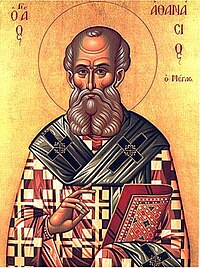 Then too, that brings up what I wrote last January. I posted On Hilary – 1″L,” and HE was a bishop. Saint Hilary – shown at right, and who died in the year 367 – served as bishop in Poitiers, a city in France.
Then too, that brings up what I wrote last January. I posted On Hilary – 1″L,” and HE was a bishop. Saint Hilary – shown at right, and who died in the year 367 – served as bishop in Poitiers, a city in France.
But he served at a time of a great early-church conflict, and perhaps not unlike the conflict we just went through. (In St. Hilary’s case, the one pitting Athanasius against Arius, for whom Arianism was named.)
Basically it was a struggle for the “soul of the Church,” much like this last election was part of a “war for the soul of America.” (And by the way, Googling “war for the soul” got me 13,400,000 results.)
The thing is – during that earlier “war for the soul” – Saint Hilary had to serve a term in exile. (Too?) In 356 he backed the wrong horse, and was sent into exile by Constantius II. (Who found the Arian position persuasive enough to banish Hilary to Phrygia.) However:
Hilary put his four years in exile to good use. He honed his arguments so well that they ultimately acquired the force of (church) law. In essence he was a “Great Dissenter…” Which is another way of saying “Athanasianism” ultimately won the day.
And who knows? Maybe the same will happen with today’s Hillary…
And finally, it is within the realm of possibility that that consummate Showman – Donald Trump – actually “played those far-right conservatives like a piano.” That is, it’s possible that Trump is the “New York Liberal” that Ted Cruz said he was. (Or at least more of a moderate than he let on, either of which – liberal or moderate – would have doomed his Republican nomination.)
At the very least it’s looking like Trump – like life itself – is like a box of chocolates. And as that great philosopher Forrest Gump observed, “You never know what you’re gonna get.”
* * * *
 “Are you telling me Donald Trump just got elected president?”
“Are you telling me Donald Trump just got elected president?”
* * * *
Notes:
The upper image is courtesy of Trump and Obama meet at the White House to begin transition.
The full Satucket Daily Office readings include: “AM Psalm 87, 90; PM Psalm 136,” along with Joel 3:9-17; James 2:1-13; Luke 16:10-17(18).
“Note” also that an asterisk in the main text indicates a statement supported by a reference detailed further in this, the “notes” section. Thus, as to “more honored in the breach:” The quote is from Hamlet Act 1, scene 4, 7–16. And something I didn’t know: As properly interpreted the saying means to ignore a bad custom or rule, rather than a “good custom … often breached:”
Hamlet means that it is more honorable to breach, or violate, the custom of carousing than to observe it. So the phrase is properly applied to a bad custom or rule that should be ignored. Instead, we and others frequently use it in almost the opposite sense…
See Mangled Shakespeare – The New York Times, and – for more on the context – More honored in the breach – eNotes Shakespeare Quotes.
The lower image is courtesy of Forrest Gump … Image Results.

 The thing is, I just finished a mini-vacation to New York City, while based in Staten Island. That meant we took the
The thing is, I just finished a mini-vacation to New York City, while based in Staten Island. That meant we took the  But that – it seemed to me – was like saying the Bible is “just a nice set of old-time stories.” And by the way, it turns out that about 75% of the
But that – it seemed to me – was like saying the Bible is “just a nice set of old-time stories.” And by the way, it turns out that about 75% of the 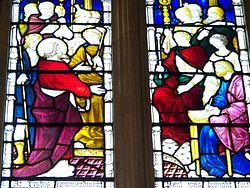

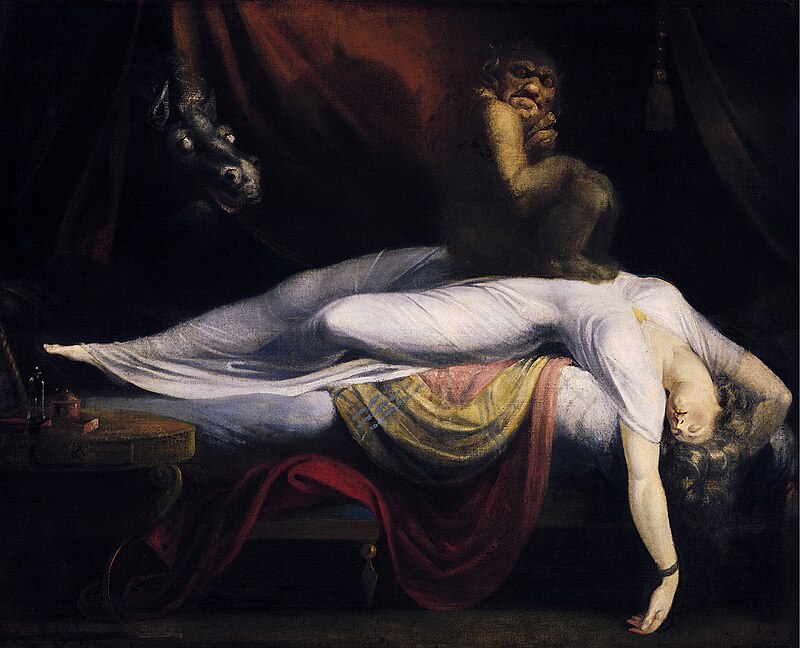
 I’m specifically referring to
I’m specifically referring to  That quote came from
That quote came from  In the meantime, we’ve got to get through the next four years. (No matter who wins. But in either case it may be more of a “Jimmy Carter collapsing” endurance run…)
In the meantime, we’ve got to get through the next four years. (No matter who wins. But in either case it may be more of a “Jimmy Carter collapsing” endurance run…)
 When he first took office,
When he first took office, 
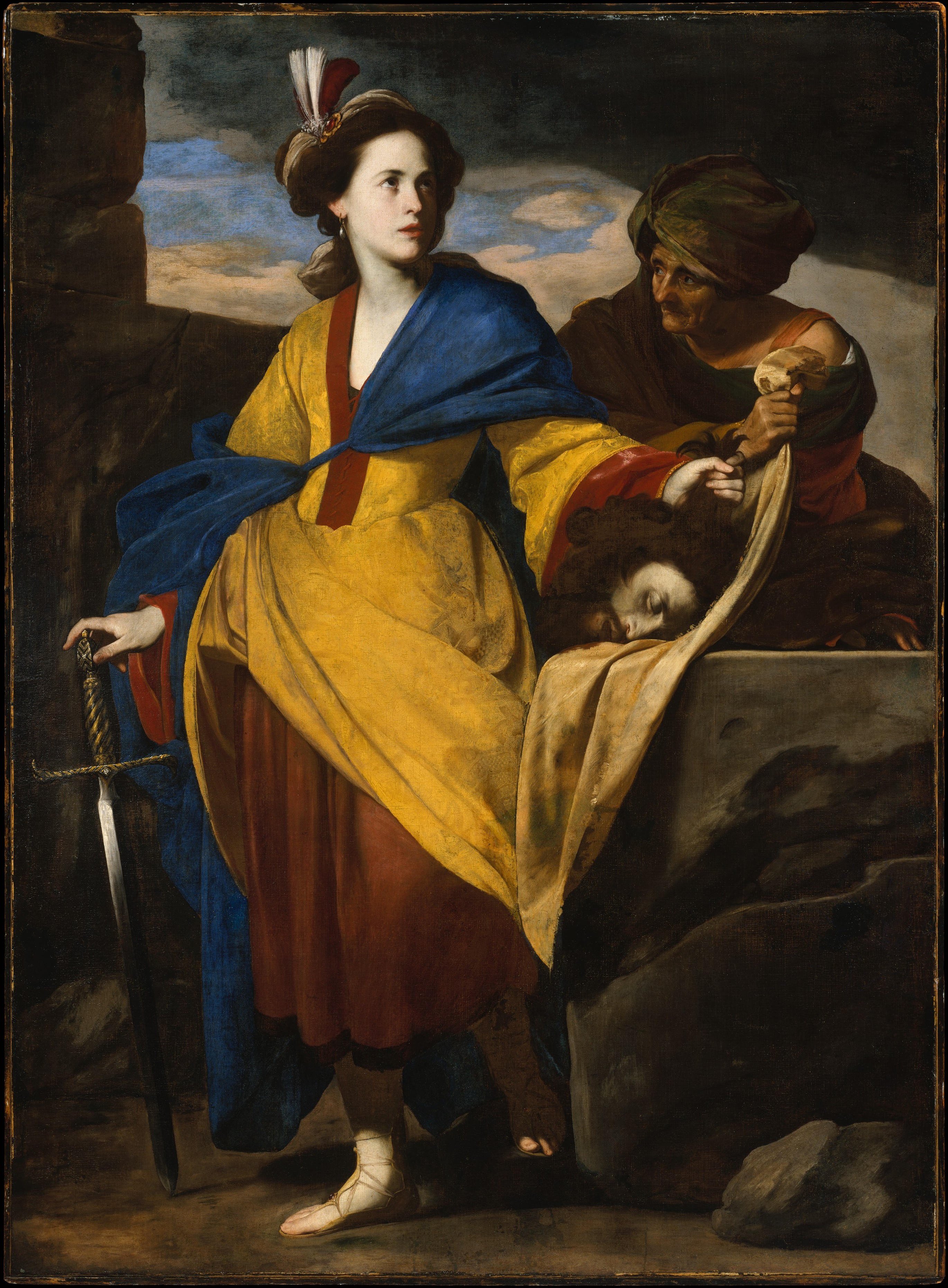
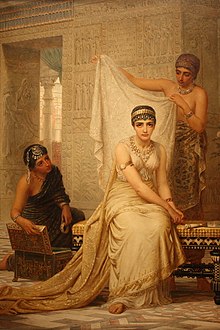 Starting with the
Starting with the 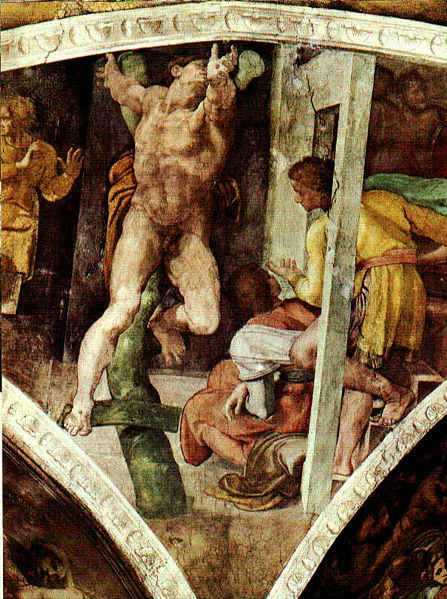 So Haman “
So Haman “ Those words are repeated in
Those words are repeated in  From which a host of
From which a host of 
 Sunday, August 28 – I said this a year ago, but once again “
Sunday, August 28 – I said this a year ago, but once again “ Which meant that beginning on Sunday, August 21 – the day after our two canoes landed at
Which meant that beginning on Sunday, August 21 – the day after our two canoes landed at 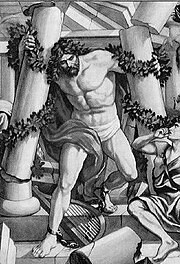 By Thursday, August 11, “Judges” had moved to the story of
By Thursday, August 11, “Judges” had moved to the story of 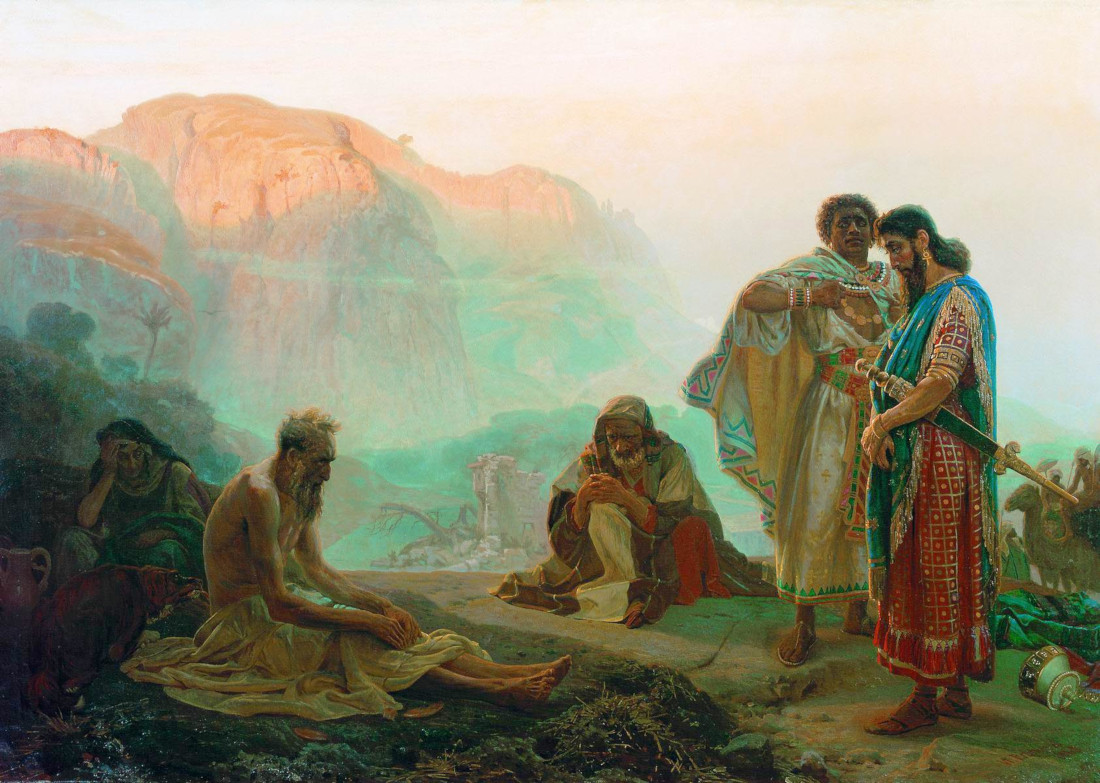

 That reading included
That reading included 
 (For a more “worldly” view on
(For a more “worldly” view on  But because of all those “mysteries” in the Bible, it takes awhile to understand. (A lifetime “and more,” in fact.) And that’s just another way of saying, sometimes we just
But because of all those “mysteries” in the Bible, it takes awhile to understand. (A lifetime “and more,” in fact.) And that’s just another way of saying, sometimes we just 

 The
The  In turn,
In turn, 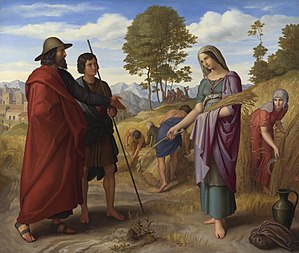 There’s a similar gem in the
There’s a similar gem in the  I wrote about these passages in
I wrote about these passages in 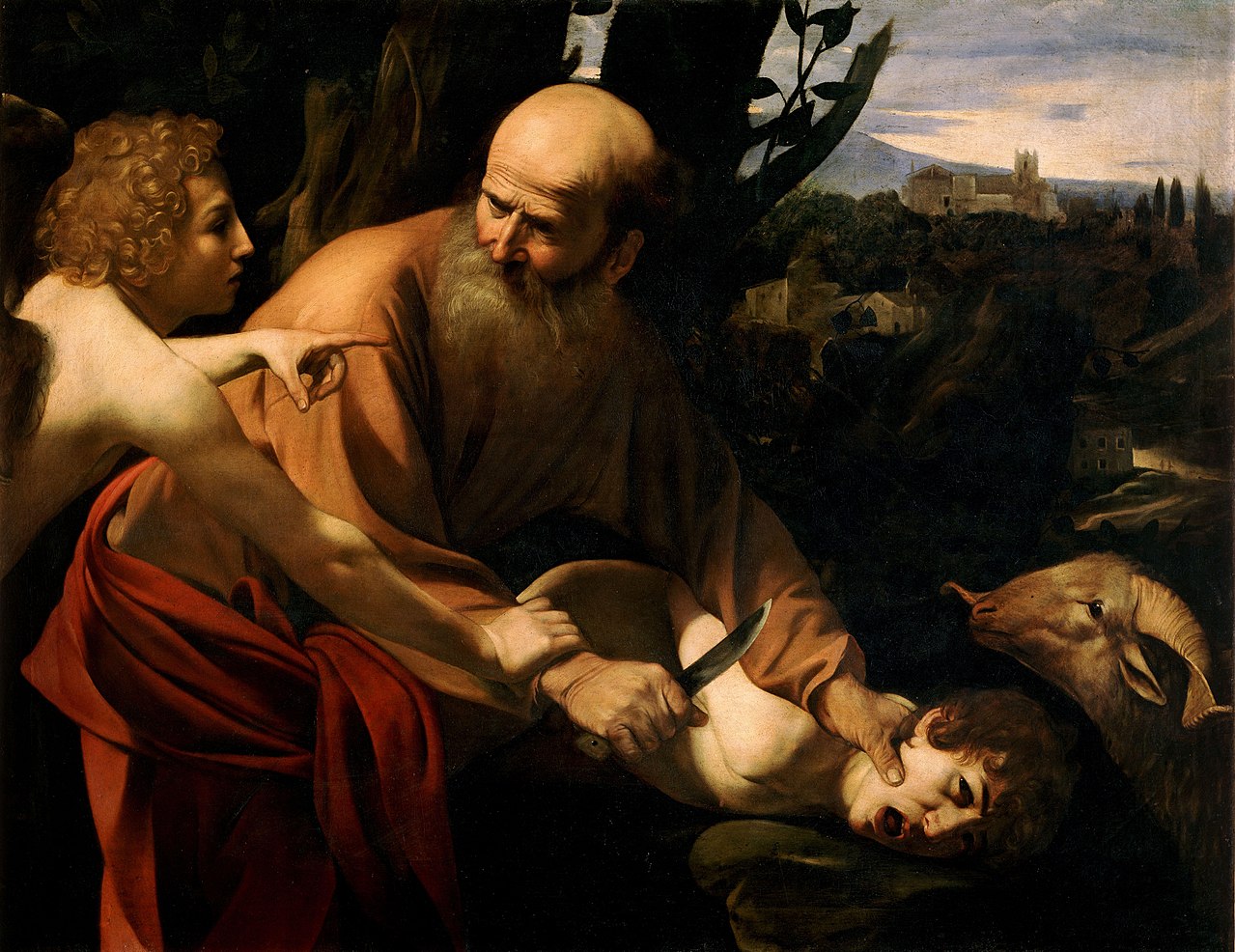 (156-57) And incidentally, one of those “attractions of surrounding cultures” was
(156-57) And incidentally, one of those “attractions of surrounding cultures” was 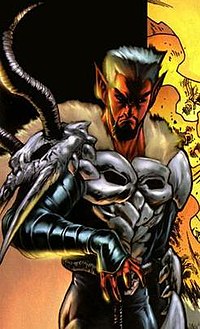 You can see more background on “Azazel” in
You can see more background on “Azazel” in 
 See also the
See also the 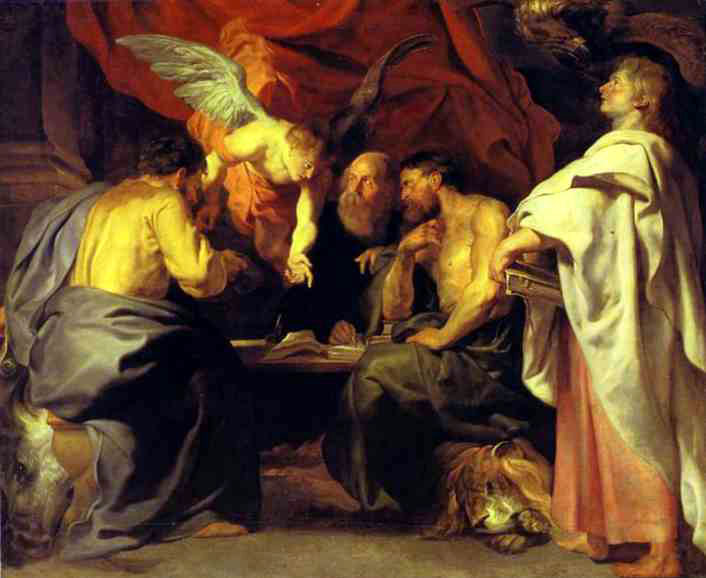
 That’s writing called
That’s writing called 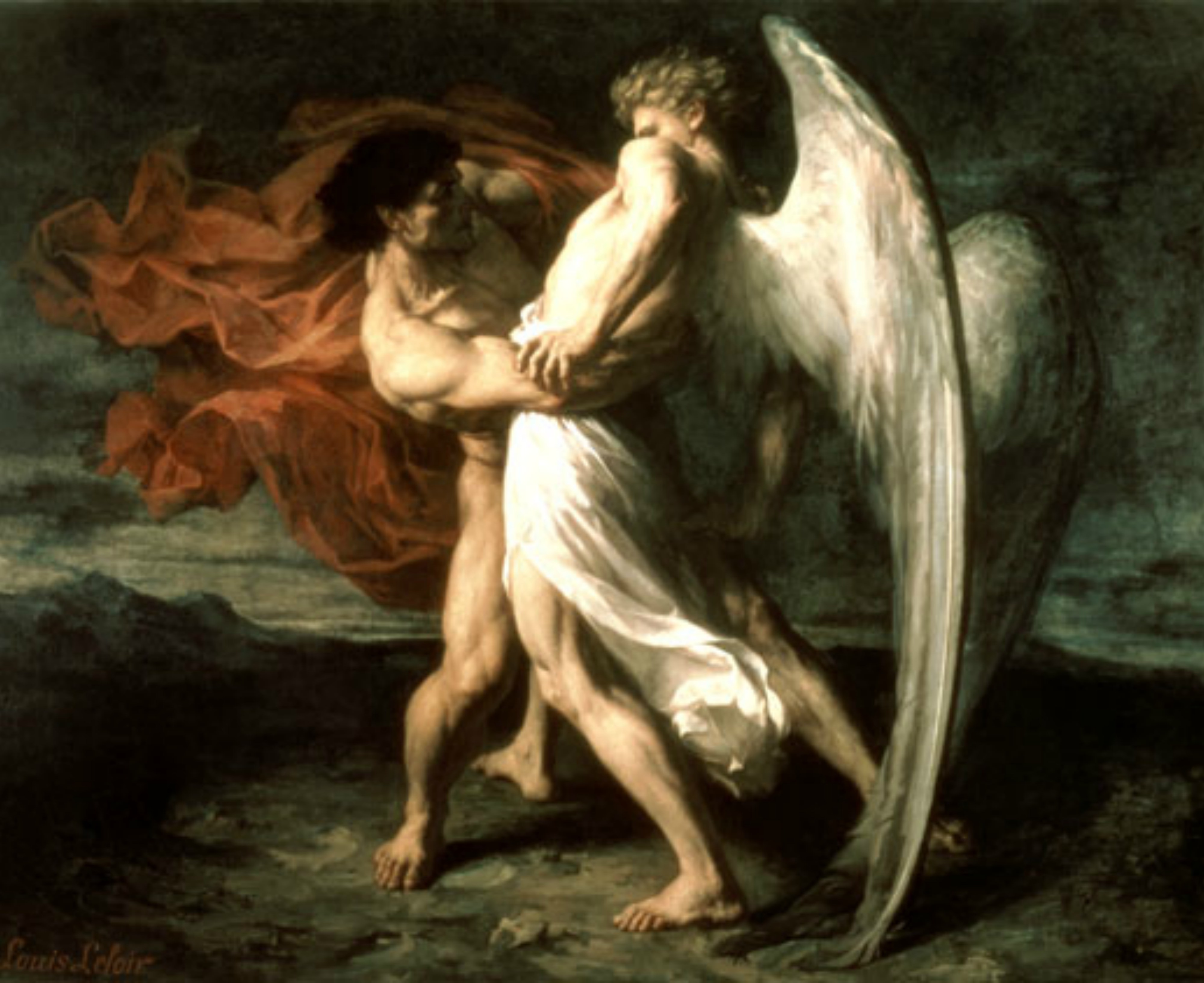 “
“
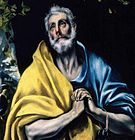 Here’s a
Here’s a  As for last Sunday (April 3), the
As for last Sunday (April 3), the 
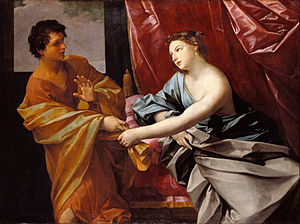 And aside from being a slave, Joseph also had to become pretty much a convicted felon. That is, he got “convicted” after
And aside from being a slave, Joseph also had to become pretty much a convicted felon. That is, he got “convicted” after 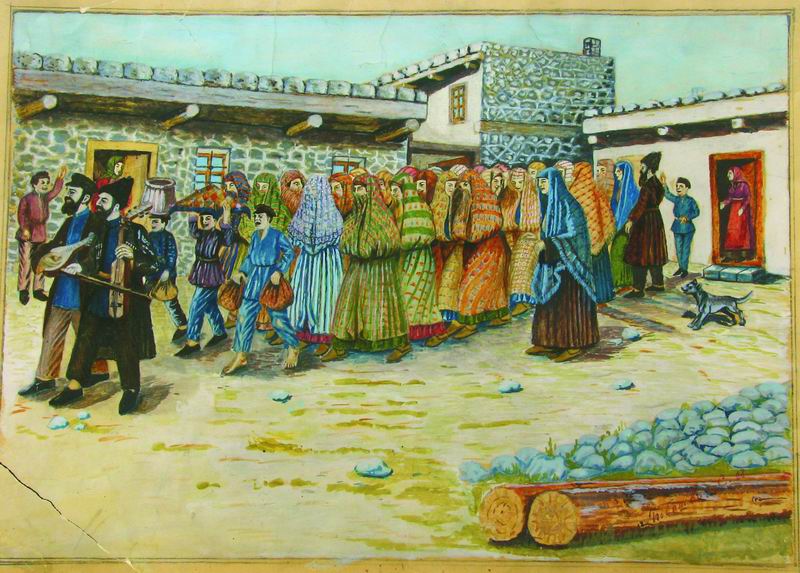 According to the
According to the  n practice back then for really smart people to have their students – and followers – take down what they said. For example, consider what
n practice back then for really smart people to have their students – and followers – take down what they said. For example, consider what 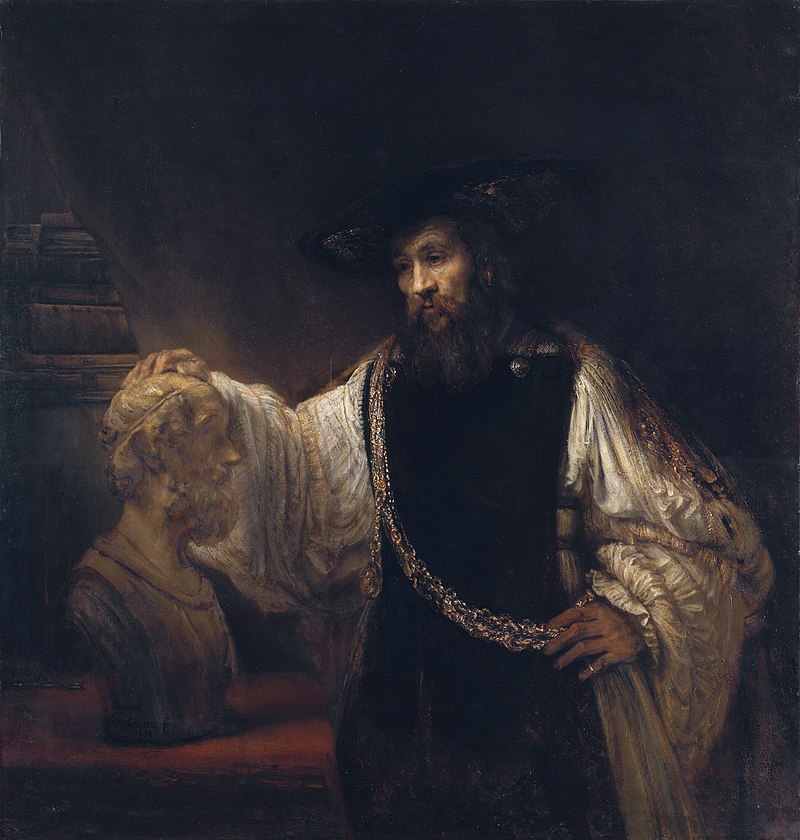 Aristotle [
Aristotle [ Also re: “buck private.” See
Also re: “buck private.” See